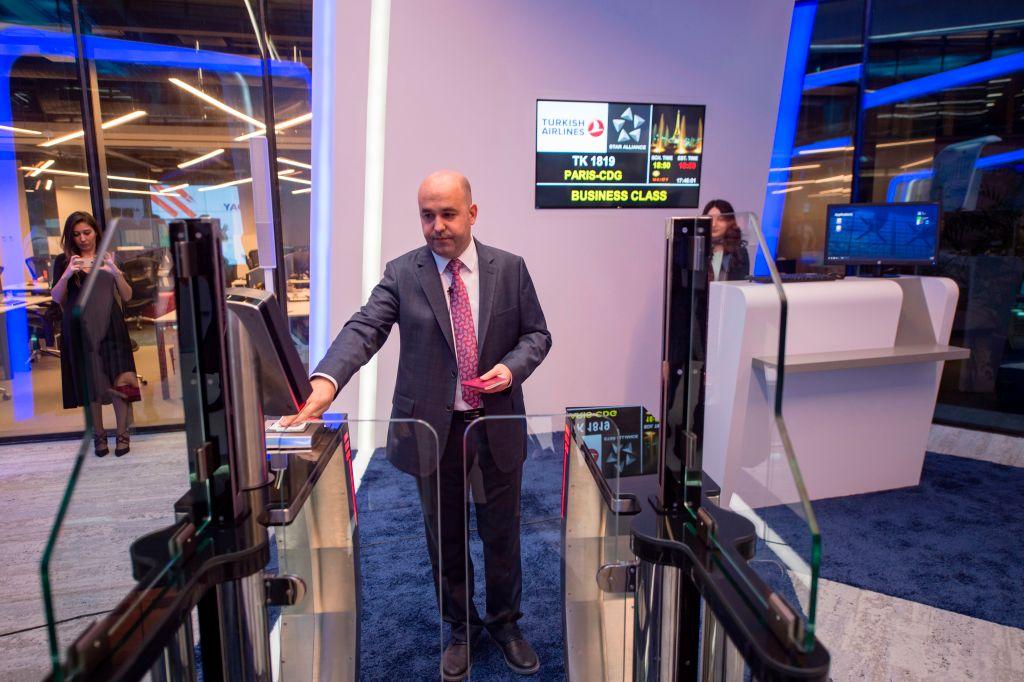
SINGAPORE—As an estimated 20% of the pre-pandemic air transport workforce is expected not to return, the sector should set aside more capital to invest in new technologies to plug the gap, Star Alliance CEO Jeffrey Goh said.
Speaking Nov. 3 at the CAPA Asia Aviation Summit in Singapore, Goh said the aviation industry should recognize the fact that human capital will not come back to pre-pandemic levels. Attention must therefore turn to new technologies, he argued, such as increasing the use of biometrics to replace staff for aircraft boarding and at lounge entrances. The labor shortage comes as airline customers are demanding more convenience and better services.
Goh said that during the pandemic, personnel laid off or furloughed moved into other sectors that were deemed more attractive than air transport.
In a separate panel at the event, Cebu Pacific Chief Commercial Officer Xander Lao said that the labor shortage was already present pre-pandemic. Post-pandemic, Lao noted that local staff at the Philippines-based carrier had left to move abroad, and that some of his airline’s cabin crew had been hired by carriers in the Middle East. There were also calls for employers to better engage younger workers who are seeking greater purpose in their jobs.
To also make alliances relevant in plugging the skills gap, Goh said that there exists an opportunity to improve the “intersection” in a multi-airline ecosystem by helping customers self-connect on flights and resolve any potential missed connections or disruption with the help of a single “super app.”
Tan Yudong, CEO of Chinese-owned Trip.com’s flight business, told Aviation Daily that online travel agencies (OTA) like his have the platform and technology to help airlines overcome shortcomings in both customer service and interlining. Within China, the OTA can perform automated flight refunds and changes for 90% of domestic flights and 50% for international flights. Seventy percent of those transactions are carried out through artificial intelligence-powered chatbots.
Trip.com is currently working on improving its artificial intelligence capabilities across all segments, including price prediction. The OTA is seeking closer collaboration with airlines to further solve staffing and interlining issues.




Comments